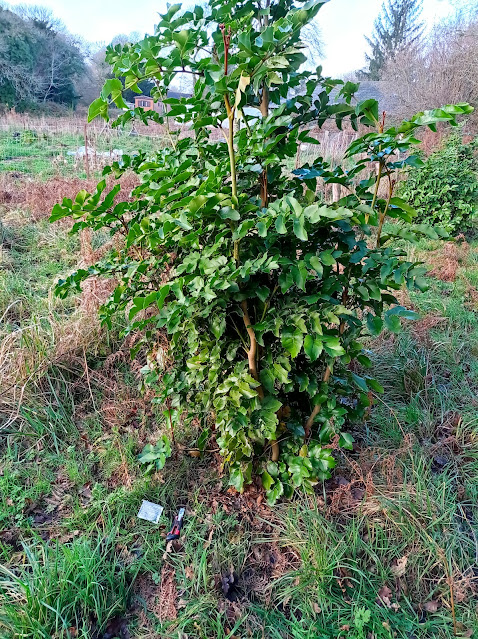The 6 to 1 method of seed stratification.
I got the idea to do this after i talked with a friend about stratification. She told me that the ideal moisture content of sand for stratifying seeds is 15 to 20 percent.
I then figured if i divide 100 by 6 i end up with 16.6, so i took 6 flat spoons or units of sand to one unit of water giving me sand with 16.6 percent moisture.
I take the sand and heat it up in a stove at a high temperature firstly to sterilize and more importantly to get bone dry sand. For very small seeds i sieve the sand. Then i put six parts of dry sand and one part of water in a (ideally sterilized) jam jar, put the seeds in, close the lid and place it in a plastic bag that i tie shut with a knot. The jar then is placed in the fridge.
This has worked very well for me for all kinds of fruit tree seeds and vegetable seeds. While some desert plant seeds might be too wet like that and some mangrove or swamp/water plant seeds might be too dry (but this is speculation-i don't grow plants like that) up to now i found this to be the perfect moisture level for seed stratification. Not too wet to cause rot and not too dry to prevent the seeds from drying out.A clear jar and plastic bag help to see if seeds have sprouted without the need to open it.
True service tree (sorbus domestica) seeds starting to sprout after 100 days.




FYI I do stratification up to initial sprout for Sorbus domestica in moist peat from December to March in a basement with temperature ranging 10 to 2C. Germination is in the 80-90% range, but of course it depends greatly on seeds in the first place.
ReplyDelete